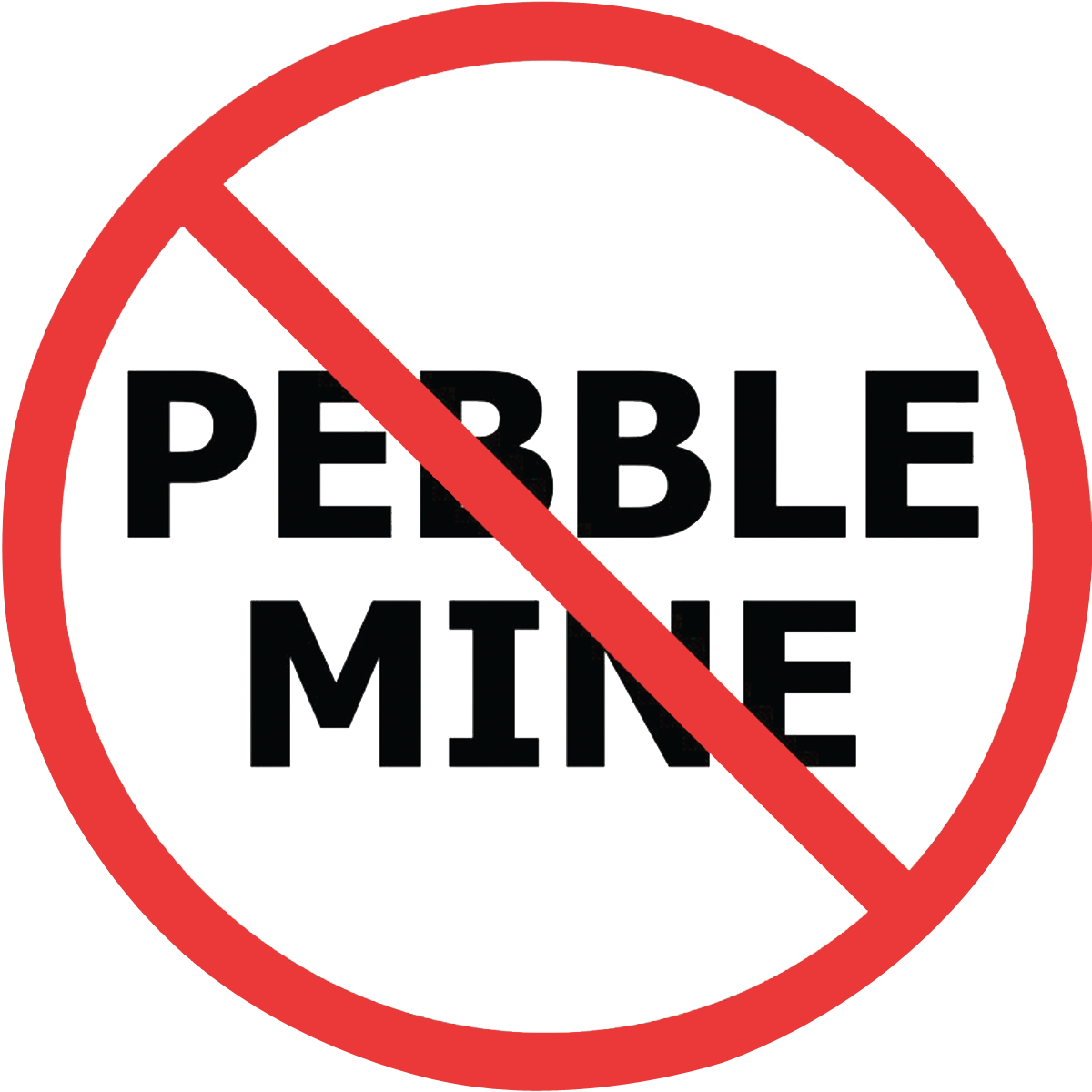The following was written by an outside technical expert, and has not been edited by Save Bristol Bay. In it, Chambers argues that the economically feasible version of Pebble mine would, “be significantly more waste rock than at any other mine, existing or proposed, in North America.”
By: David Chambers, Ph.D., P.Geop., Center for Science and Public Participation
The table linked above provides a detailed comparison between several existing and proposed open pit mines in North America.
Red Dog, Fort Knox, and the proposed Pebble mine are in Alaska;
The Bingham Canyon mine, near Salt Lake City Utah, is presently the largest mine in North America;
The Gibraltar and proposed KSM mines are large open pit copper deposits in British Columbia.
For the proposed Pebble mine, two open pit scenarios are shown.
Bingham Canyon Mine in Utah
Pebble Mine
The Pebble 12% Build is the most recent mine proposal presently being evaluated by the US Army Corps of Engineers in an Environmental Impact Statement.[1] The proposed mine would mine only 12% of the identified mineral resource over the 20-year life of the mine. The smaller, ‘environmentally friendly’ mine proposed by the Pebble Limited Partnership would put all of the acid-generating waste back into the open pit to minimize post-closure water treatment requirements, but perpetual water treatment would still be required.
As proposed, this is not a realistic development scenario, since so little of the mineral resource will be mined. And, since no pre-feasibility study has been completed, it is likely the proposed mine scenario is also not economically viable. If this mine is approved, within 10 years a revised mine proposal will be submitted by the operator that would mine the larger mineral resource.
The Pebble 78-year build is an option that the Army Corps asked the Pebble Limited Partnership to provide additional information for the cumulative impact analysis. This alternative would mine 55% of the identified over a 78-year period. This option is very similar to the 78-year build out analyzed in the 2011 pre-feasibility study of the Pebble mine by Wardrop.[2] At the end of the 78-year build out, the amount of water that needs to be treated will be approximately 26 billion gallons per year, which is nine times the amount treated at the Climax water treatment plant, now the largest in the US.
In any mine build out larger than the ‘environmentally friendly’ mine proposal, significant quantities of waste rock (13 billion tonnes in the 78-year Build) would need to be permanently stored on the surface, creating a much more significant water collection and treatment issue. This would be significantly more waste rock than at any other mine, existing or proposed, in North America.
Ore Body Size
The Pebble deposit is almost twice as large as the mineral resource at the second largest deposit in North America, the proposed KSM mine. The Bingham Canyon mine, the third largest deposit, and similar geologically to both Pebble and KSM, has been operating for over 100 years, and has a significant groundwater contamination plume from waste rock, and selenium contamination from the tailings.
Ore Grade
With the exception of Gibraltar, all of the copper mines have mineral resources that include significant amount of gold, silver, and molybdenum. These porphyry copper deposits also contain some rare earth metals, and uranium, but these do not impact the economics of the projects.
Click again to view the mine size comparison chart.
From Save Bristol Bay:
Though their late PR materials, including a recent mailer to thousands of Alaskan homes, claim their project is small, they tell potential investors the opposite. See them doing so at 3:54 and 1:25 of this video.
[1] Pebble Project Draft Environmental Impact Statement, US Army Corps of Engineers, due for release in early 2019
[2] Preliminary Assessment of the Pebble Project, Southwest Alaska, Ghaffari et al., Wardrop-Northern Dynasty Minerals, February 17, 2011

